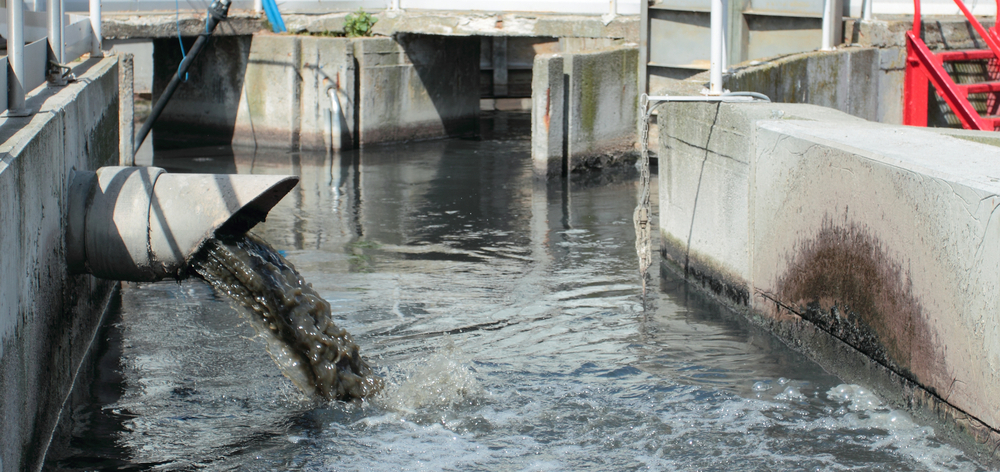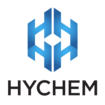Five reasons to coat wastewater infrastructure

Wastewater infrastructure is exposed to harsh chemicals that can cause significant downtime due to costly rehabilitation or maintenance works if left unprotected. Protective linings have a number of benefits that can help reduce such issues. Here are five reasons why asset owners should install protective linings on wastewater infrastructure.
- Chemically resistant
Corrosion of wastewater infrastructure is caused by exposure to elements such as water, salt, acid, and chlorine. These cause assets to degrade over time due to the reaction between the concrete or steel, and the elements it is exposed to.
In particular, the presence of hydrogen sulphide gas (H2S) is one of the leading causes of corrosion.
H2S is produced by organisms that grow on concrete surfaces under certain conditions such as elevated humidity, long periods of changing conditions, and high levels of chemical.
In a wastewater environment, H2S is absorbed by concrete surfaces where it oxidises and becomes sulfuric acid which lowers the pH levels of the concrete.
Concrete installed without a protective coating can become damaged by this acid within a matter of days and can be destroyed beyond repair very quickly.
According to Colin Murphy, Product Manager at Hychem, by applying an appropriate coating such as epoxy to a concrete structure, corrosion damage can be wholly avoided.
“Protective coatings for wastewater environments such as Hychem’s TL5 epoxy liner, are designed to be chemically resistant and provide an impenetrable barrier between the concrete and the harsh chemicals to prevent corrosion from occurring,” Mr Murphy said.
“Not only can it prevent acid corrosion when installed at a new facility, it can also halt corrosion damage on an existing asset.”
- Long-lasting
Because they are chemically resistant, epoxy liners are also long-lasting and will stay in place with minimal erosion for years and even decades. Due to their durability, they can help asset owners decrease lifecycle costs as the need to perform maintenance and repairs are reduced.
“We designed TL5 specifically to provide long-term fast-turnaround protection of water and wastewater assets,” Mr Murphy said.
“TL5 has had 20 plus years of 100 per cent success, being used to coat concrete assets within harsh hydrogen sulphide environments in the water and wastewater industries.”
- Low friction
Epoxy liners also provide a smooth finish which means they are low friction.
“As epoxy liners are low friction, any matter that is moving through the system won’t stick to the liner and cause blockages that need to be removed,” Mr Murphy said.
- Reduced thickness
Epoxy liners have the additional benefit of being able to be applied at a reduced thickness.
Compared to other liners which need to be applied at a thickness of up to 30mm+ to be effective, epoxy liners can be applied as thinly as 2-3mm. By reducing the thickness of the application, valuable internal diameter isn’t lost during rehabilitation.
- Flex
Some epoxy liners are also designed with a high level of flex, such as Hychem’s TL5 IRF, which improves its ability to withstand a greater level of movement.
Mr Murphy, said TL5 IRF is ideal for applications such as existing or new structures with anticipated movement such as sewers and manholes that are in close proximity to main roads.
“The flexible nature of the product allows energy from any impact to be dissipated. This prevents the coating from cracking which would allow fluid to reach the concrete and begin the corrosion process, therefore rendering the coating useless,” Mr Murphy said.
“It is important to research products with increased flex as most other flexible coating systems have a tradeoff with performance, typically to achieve a flexible finish.
“To achieve flexibility, most coatings are compromised on chemical resistance, durability and cure time,” Mr Murphy said.
“However, we designed TL5 IRF with this in mind and were able to maintain excellent chemical resistance, high durability and fast curing properties so that asset owners don’t need to make the tradeoff between durability and flexibility.”
A versatile solution
Hychem TL5 and TL5 IRF epoxy coatings have been proven in harsh and aggressive water and wastewater environments, having been used by numerous utilities and water authorities around Australia to rehabilitate and repair corroded infrastructure.
For more information on protective coatings for wastewater infrastructure, contact Hychem on (02) 4646 1660.
